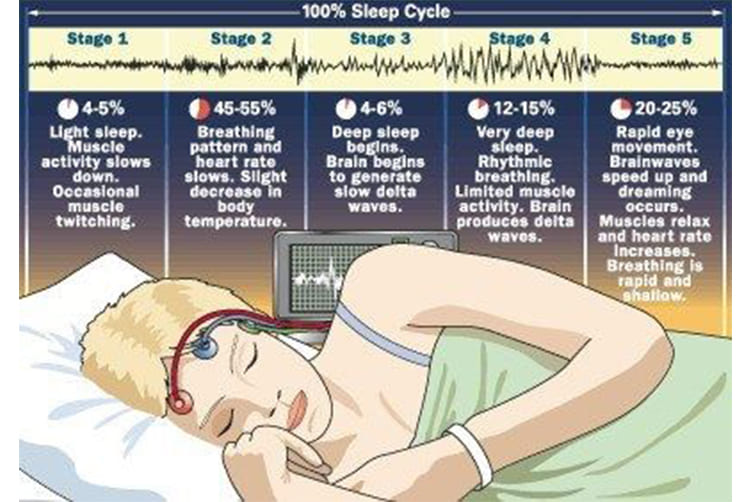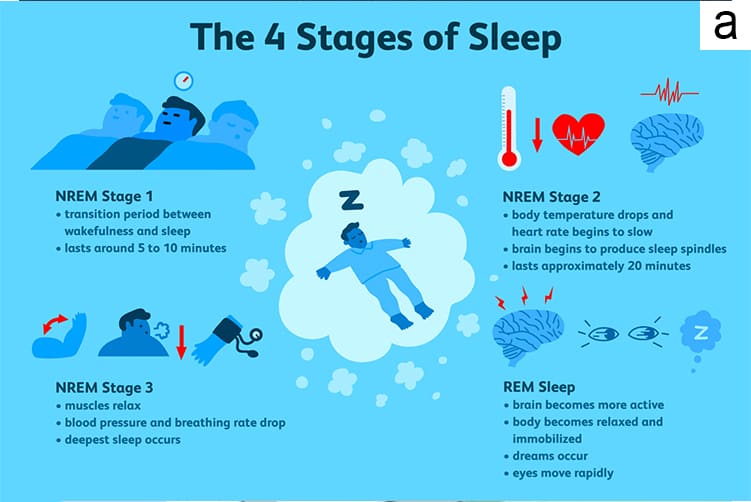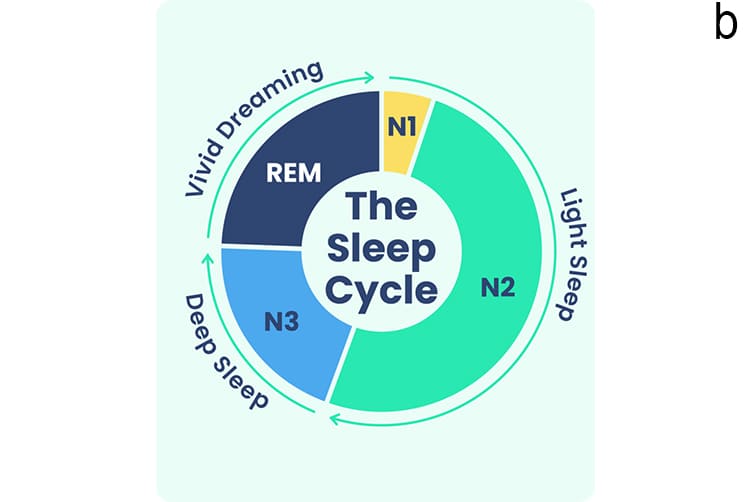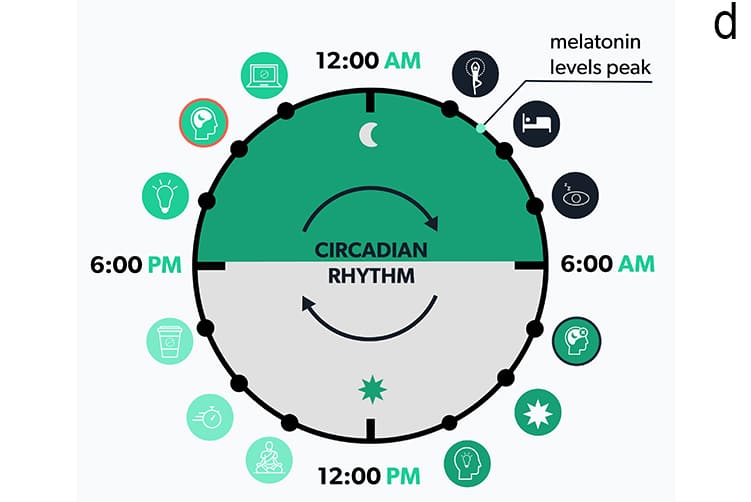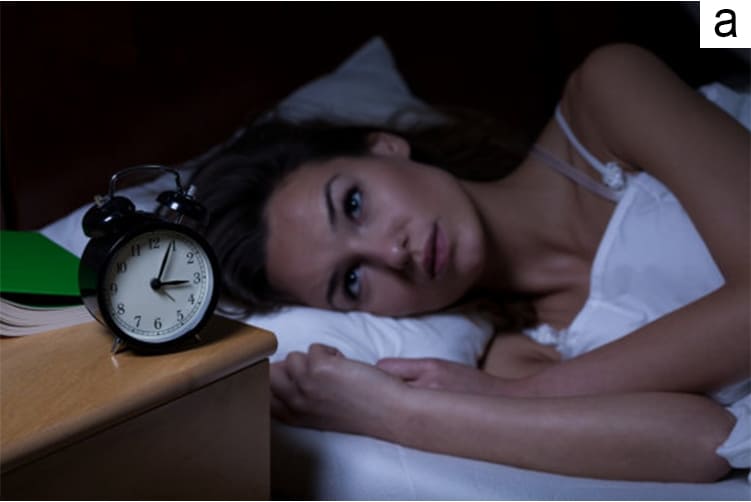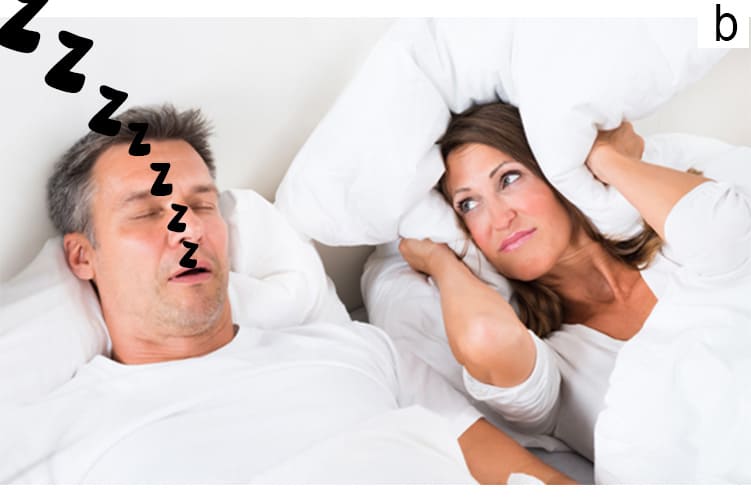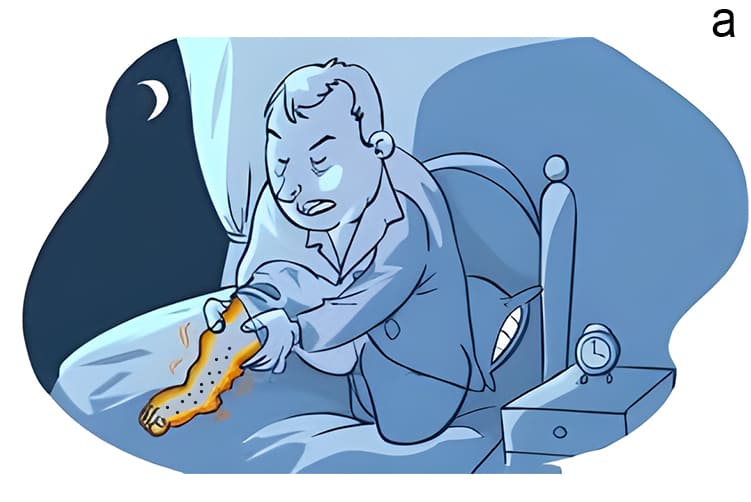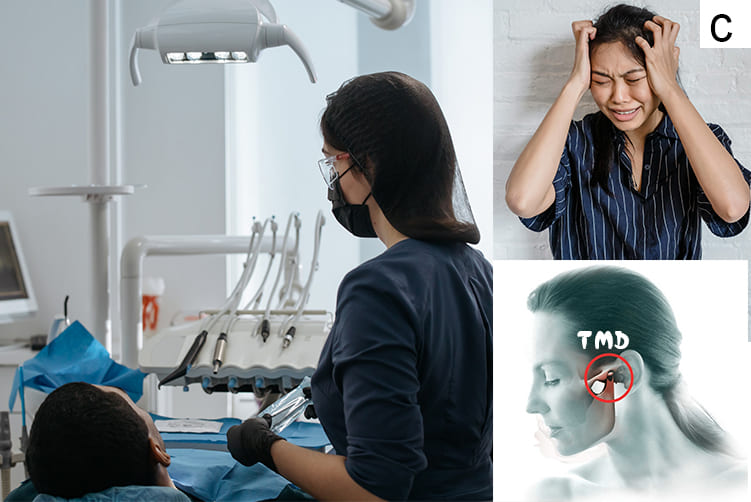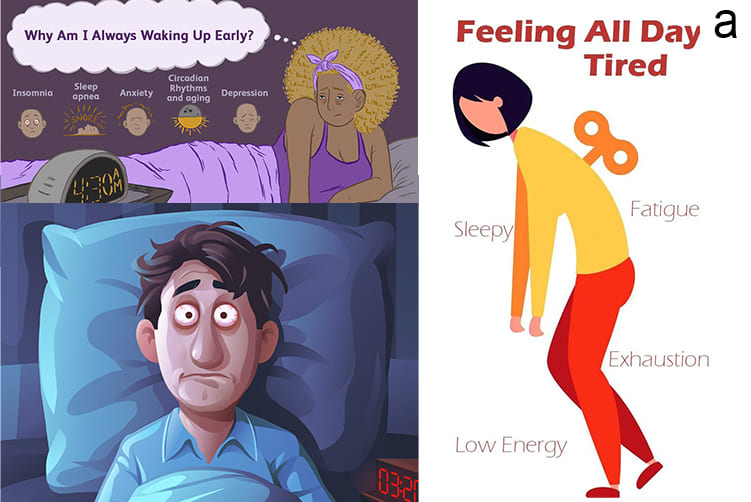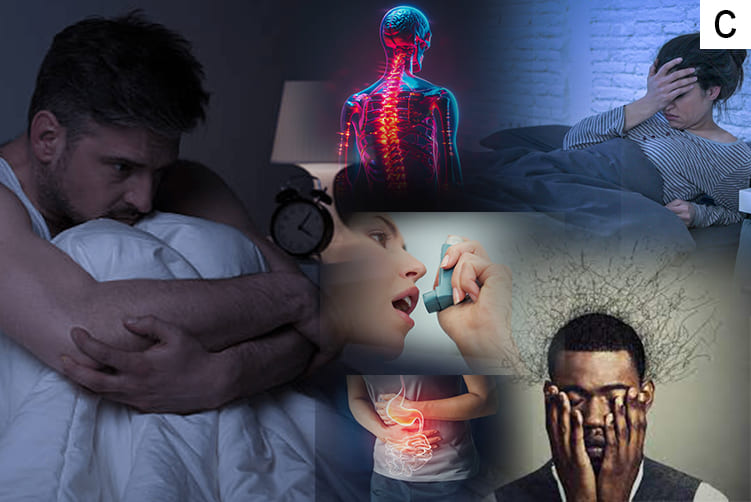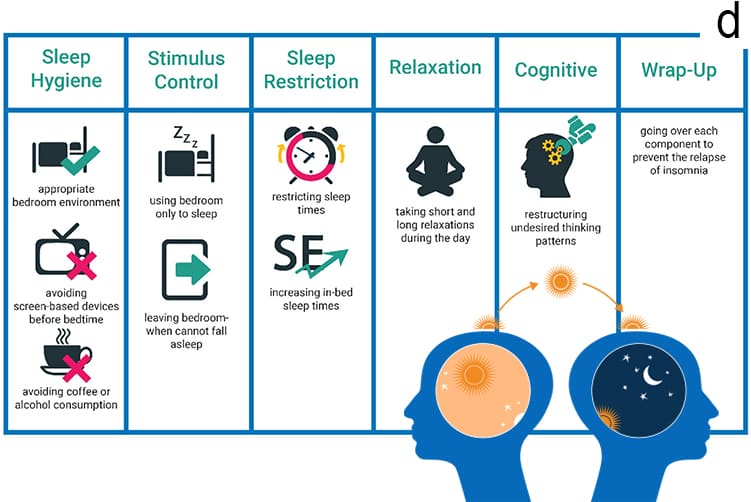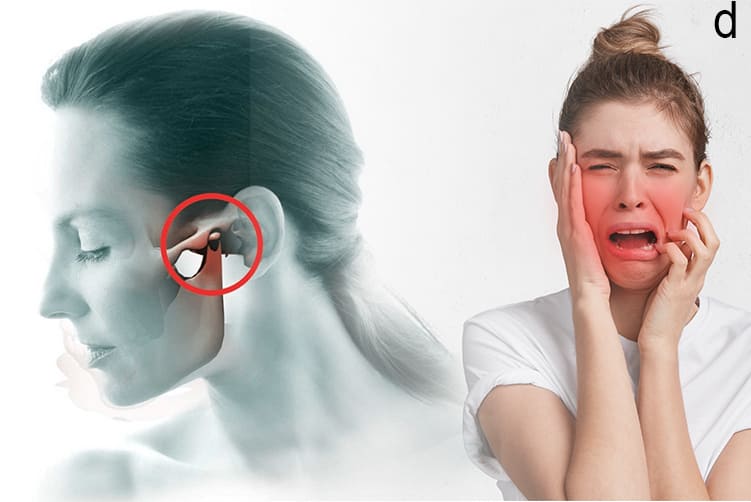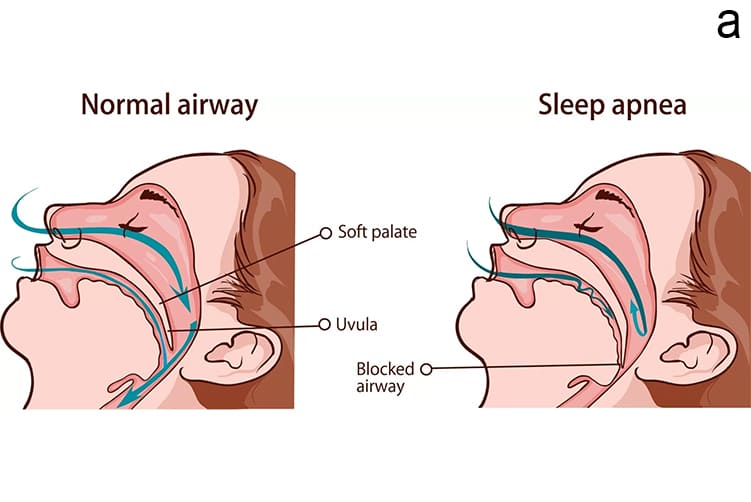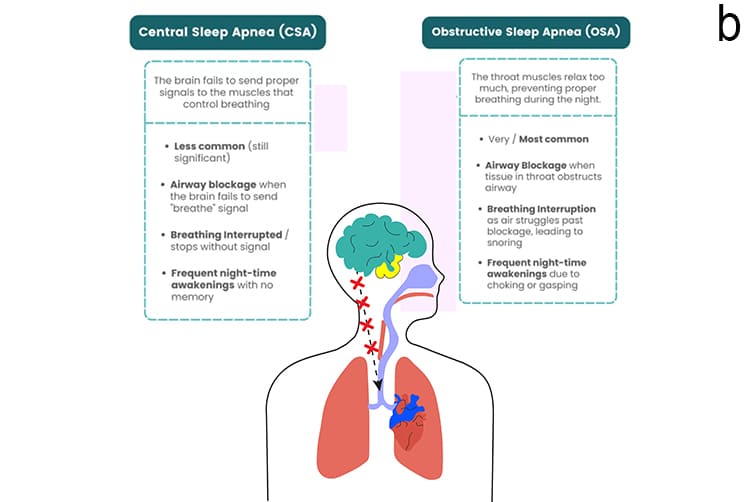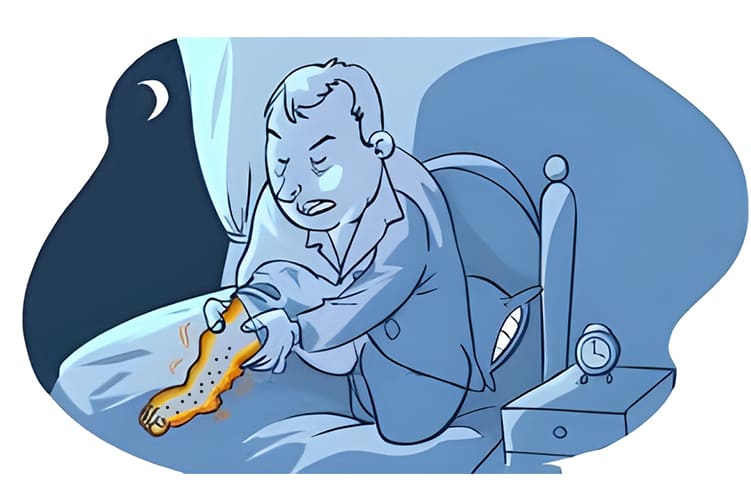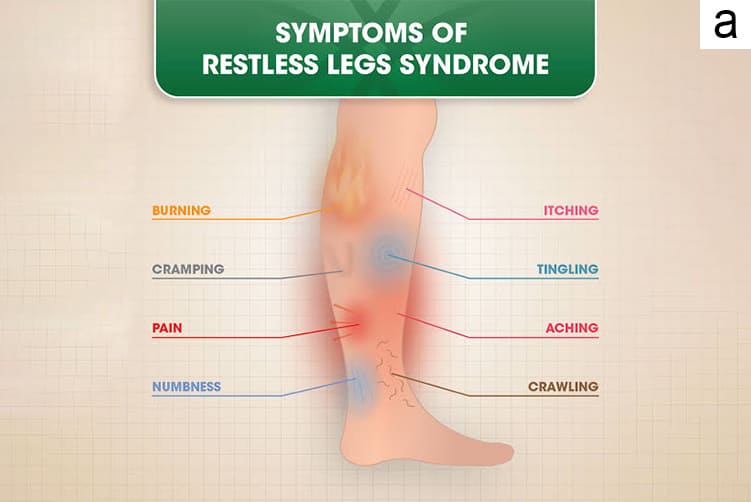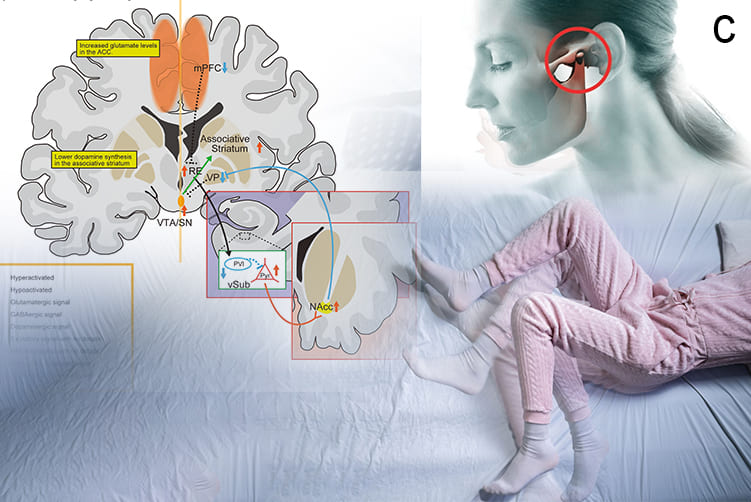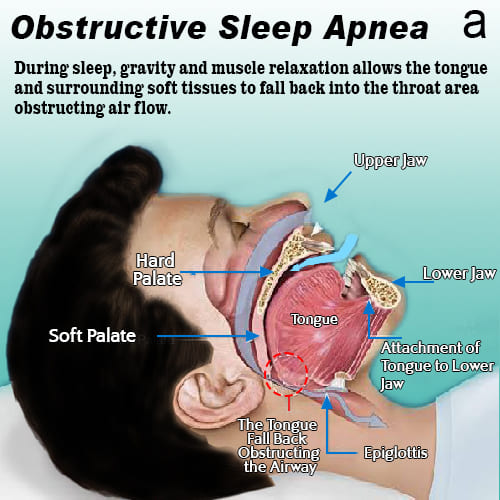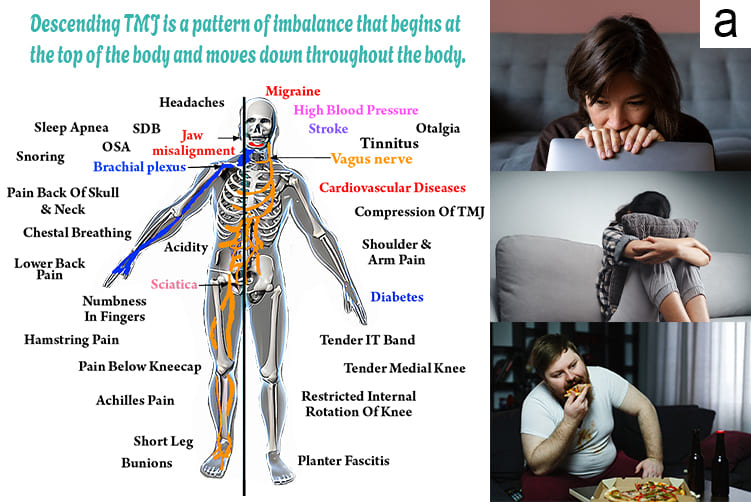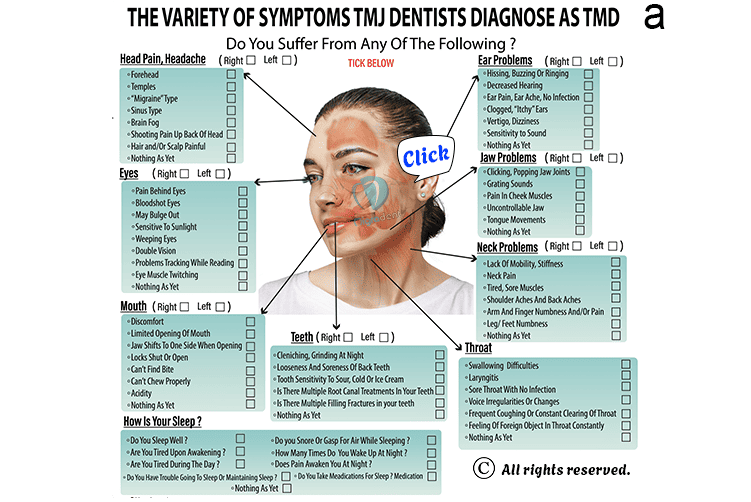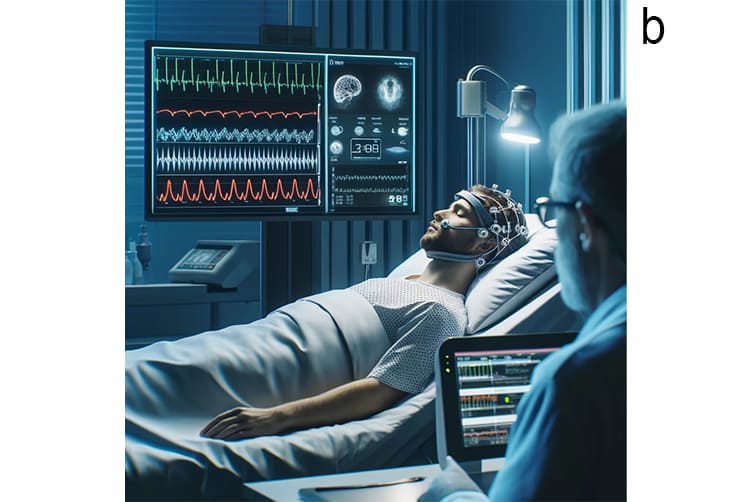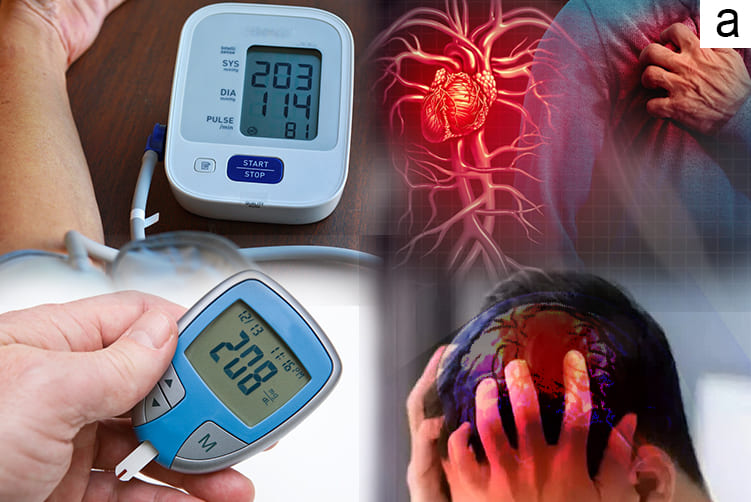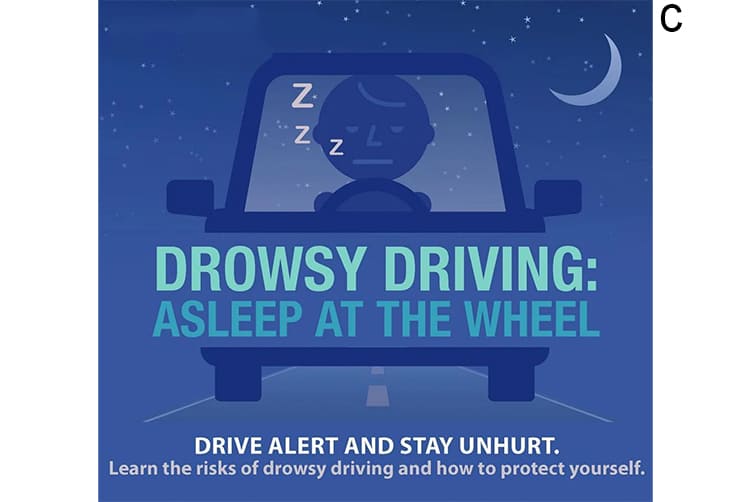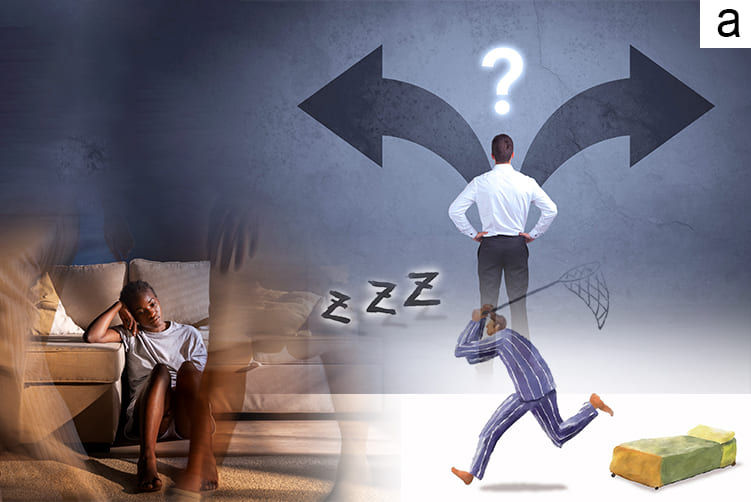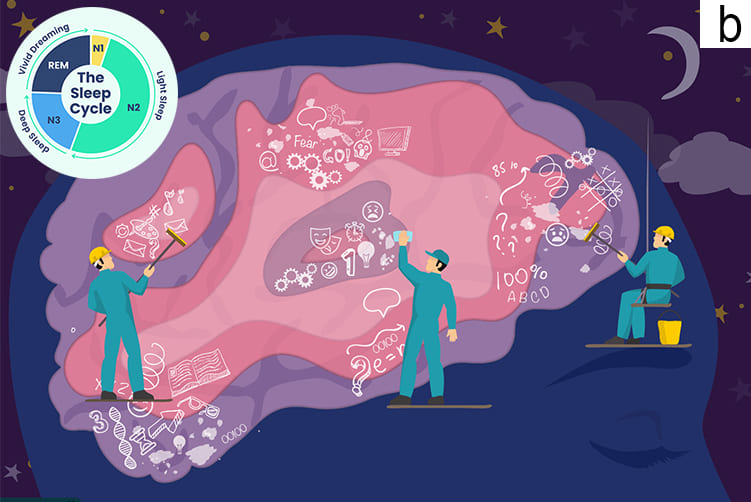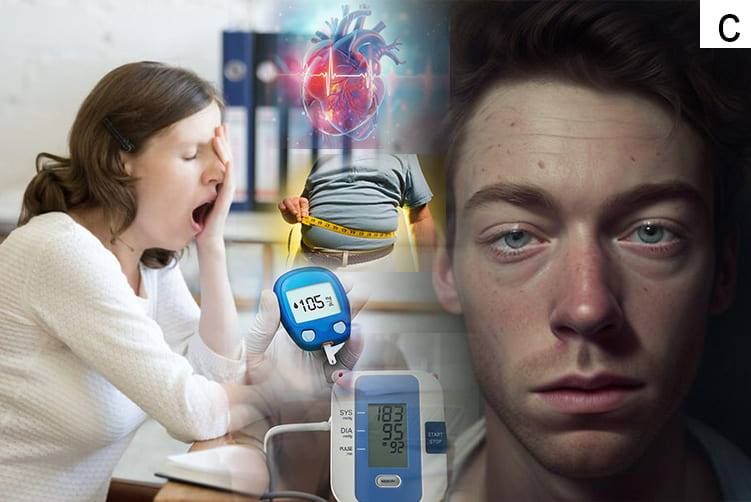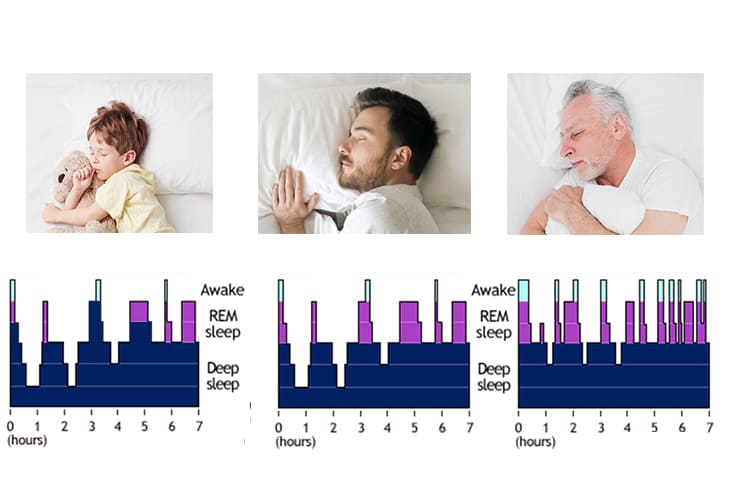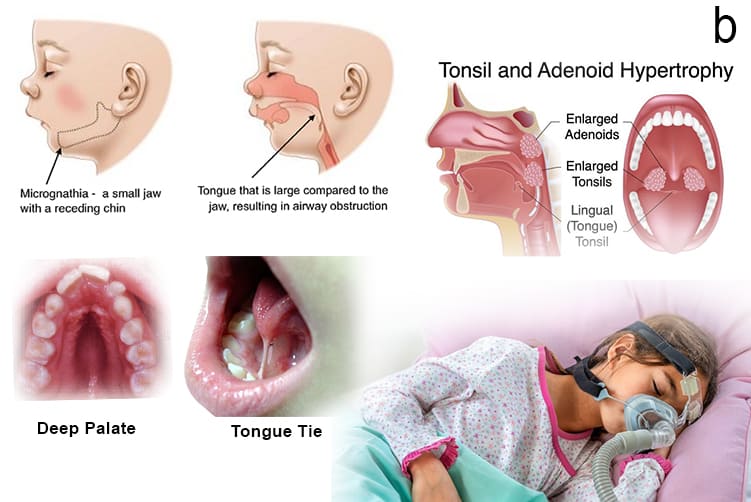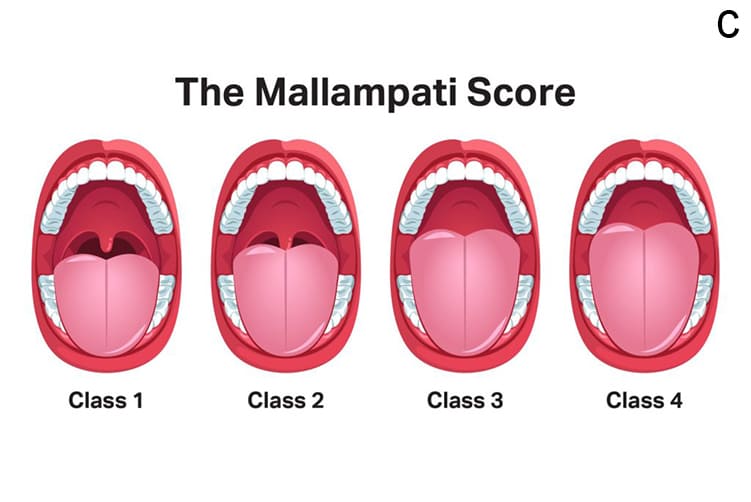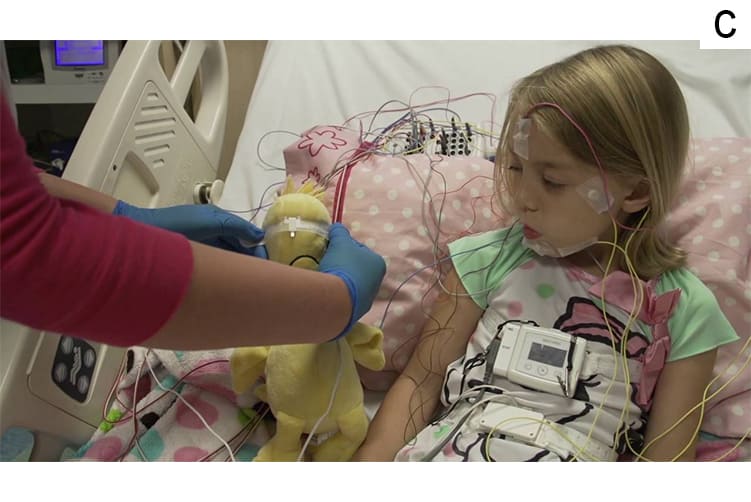What is Sleep?
Sleep consists of different phases that are essential for restorative health. Here are three key points about the phases of sleep:
a.Non-REM Sleep Stages: Sleep is divided into non-rapid eye movement (NREM) and rapid eye movement (REM) stages. NREM sleep includes three stages:
• Stage 1 (N1): This is the lightest stage of sleep, lasting about 1 to 7 minutes. It serves as a transition from wakefulness to sleep, where you can be easily awakened.
• Stage 2 (N2): Lasting around 10 to 25 minutes, this stage involves deeper relaxation with no eye movements and a drop in heart rate and body temperature. It accounts for the largest portion of total sleep time.
• Stage 3 (N3): Known as deep or slow-wave sleep, this stage lasts about 20 to 40 minutes and is critical for physical restoration and healing. It is difficult to wake someone during this phase, which is vital for recovery and immune function.
b. REM Sleep: Occurring about 90 minutes after falling asleep, REM sleep is characterized by rapid eye movements, increased brain activity and vivid dreaming. This stage typically lasts around 10 to 60 minutes and plays a crucial role in cognitive functions such as memory consolidation and emotional regulation.
c. Sleep Cycle: A complete sleep cycle lasts about 90 to 120 minutes and includes all NREM stages followed by REM sleep. Throughout the night, individuals experience multiple cycles, with more deep sleep occurring in the first half of the night and longer REM periods in the second half. Disruptions in these phases can lead to various sleep disorders, affecting overall health and well-being.
d. Importance of Circadian Rhythm: The body's circadian rhythm, which is a natural internal clock regulating the sleep-wake cycle, plays a significant role in determining when we enter different sleep phases. This rhythm is influenced by external factors like light exposure and daily routines. A misaligned circadian rhythm can lead to difficulties in falling asleep or staying asleep, contributing to disorders such as insomnia or delayed sleep phase disorder.
What is sleep disorder?
Sleep disorders refer to a range of conditions that disrupt normal sleep patterns, leading to various difficulties in sleeping and daytime functioning. Here are three key points to understand about sleep disorders:
a. Types of Sleep Disorders: There are over 80 different sleep disorders, with the most common being insomnia (difficulty falling or staying asleep), sleep apnea (temporary cessation of breathing during sleep) and restless leg syndrome (an uncontrollable urge to move the legs).
b. Symptoms and Effects: Individuals with sleep disorders often experience excessive daytime sleepiness, fatigue, difficulty concentrating and irritability. These symptoms can significantly impair daily activities and overall quality of life.
c. Causes and Diagnosis: Sleep disorders can arise from various factors, including stress, medical conditions and lifestyle choices. Proper diagnosis typically involves a consultation with a healthcare professional who may recommend tests like polysomnography to assess sleep patterns.
What is Insomnia?
Insomnia is a common sleep disorder that affects many people. Here are three key points to understand what insomnia is:
a. Difficulty Sleeping: Insomnia is characterized by trouble falling asleep, staying asleep or waking up too early and not being able to get back to sleep. This can lead to feeling tired during the day and not refreshed after sleeping.
b.Impact on Daily Life: Insomnia can affect overall well-being, leading to daytime fatigue, mood changes and difficulty concentrating. It can also increase the risk of other health problems if not addressed.
c. Causes: Insomnia can be triggered by various factors, including stress, anxiety and depression. It can also result from medical conditions like chronic pain, asthma or digestive issues. Lifestyle factors such as irregular sleep schedules, excessive caffeine intake or uncomfortable sleeping environments can further contribute to insomnia.
d.Treatment: Effective treatments for insomnia include Cognitive Behavioral Therapy for Insomnia (CBT-I), which helps change thoughts and behaviors that affect sleep. Medications may also be prescribed for short-term relief, and lifestyle changes like establishing a regular sleep schedule and creating a comfortable sleep environment can help improve sleep quality.
What is Sleep Apnea?
a. Sleep apnea is a serious sleep disorder characterized by repeated interruptions in breathing during sleep, leading to disrupted sleep patterns and reduced oxygen levels in the body.
b.The most common form, obstructive sleep apnea, occurs when the throat muscles relax excessively, blocking the airway, while central sleep apnea involves the brain failing to send signals to breathe.
What is Restless Legs Syndrome?
Restless Legs Syndrome (RLS), also known as Willis-Ekbom disease, is a condition that affects the nervous system and causes uncomfortable sensations in the legs. Here are three key points to understand RLS:
a. Symptoms and Sensations: People with RLS experience unpleasant feelings in their legs, often described as crawling, tingling, or pulling sensations. These feelings typically worsen when sitting or lying down, especially in the evening or at night, leading to an overwhelming urge to move the legs to relieve the discomfort.
b. Impact on Sleep: RLS can significantly disrupt sleep, making it difficult for individuals to fall asleep or stay asleep. This can lead to daytime fatigue and impact daily activities, as the discomfort often returns once movement stops.
c. Causes: The exact cause of RLS is not fully understood, but it may be linked to dopamine dysfunction in the brain, it may be linked to TMJ disorder and neuromuscular cause too and can run in families. While there is no cure, treatments including lifestyle changes and medications can help manage symptoms and improve quality of life.
d.Treatment:
- In medicine, while there is no complete cure, treatments like lifestyle changes and medications can help manage symptoms and improve quality of life.
- Dentistry offers hope by addressing TMD and orofacial pain, which are closely linked to sleep disorders.
What is Obstructive Sleep Apnea?
a. Obstructive Sleep Apnea (OSA) is a condition where the airway becomes blocked during sleep, causing breathing to stop and start repeatedly.
b. This can lead to loud snoring and excessive daytime sleepiness, affecting overall health.
c. This condition can lead to excessive daytime sleepiness and other serious health issues if left untreated.
Why is Sleep Disorder Important?
Sleep disorders are important to recognize and address for several reasons:
a. Impact on Health: Sleep disorders can significantly affect both physical and mental health. Insufficient or poor-quality sleep is linked to various health issues, including cardiovascular diseases, diabetes, obesity and mental health disorders like anxiety and depression. Adequate sleep is essential for bodily functions such as immune response, hormone regulation and cognitive abilities.
b. Public Safety Concerns: Sleep disorders contribute to increased risks of accidents and injuries. For instance, excessive daytime sleepiness due to sleep disorders can lead to motor vehicle crashes and workplace accidents, with thousands of incidents attributed to falling asleep while driving each year.
c. Economic Costs: The financial burden of sleep disorders is substantial, with estimates suggesting that they cost the economy billions annually in direct healthcare expenses and lost productivity. Addressing sleep health can improve overall well-being and reduce these economic impacts.
How is Sleep Disorder Diagnosed?
Diagnosing sleep disorders involves a combination of medical history, physical examinations, and specialized tests. Here are three key points about the diagnostic process:
a. Medical History and Sleep Log: A healthcare provider typically begins by reviewing the patient's medical history and discussing sleep patterns, symptoms and any related issues. Keeping a sleep log that records daily activities and sleep habits can provide valuable insights for diagnosis.
b. Polysomnography (PSG): This is a comprehensive overnight sleep study conducted in a sleep lab that monitors various physiological parameters, including brain waves, oxygen levels, heart rate and breathing patterns. PSG helps identify specific sleep disorders like sleep apnea or narcolepsy by analyzing how these factors affect sleep quality.
c. Additional Tests: Depending on the initial findings, other tests may be conducted, such as the Multiple Sleep Latency Test (MSLT), which measures daytime sleepiness or actigraphy, which tracks movement during sleep using a wrist monitor. These tests help further clarify the diagnosis and guide treatment options.
When should I seek evaluation for sleep disorder?
You should seek evaluation for a sleep disorder if you experience the following:
a. Persistent Sleep Difficulties: If you consistently have trouble falling asleep, staying asleep or waking up too early, it's important to consult a healthcare provider. These issues can indicate insomnia or other sleep disorders that may require professional assessment and treatment.
b. Daytime Fatigue and Impairment: If you feel excessively tired during the day despite getting enough sleep at night, or if this fatigue affects your ability to perform daily activities, it may signal a sleep disorder such as sleep apnea. Seeking evaluation can help identify underlying causes.
c. Other Warning Signs: Additional symptoms like loud snoring, gasping for air during sleep, difficulty concentrating, or falling asleep in inappropriate situations (like while driving) are also indicators that you should seek a professional evaluation for potential sleep disorders.
What if Sleep Disorder is not Treated?
If a sleep disorder is not treated, several serious consequences can arise. Here are three key points to consider:
a. Increased Health Risks: Untreated sleep disorders, particularly sleep apnea, can lead to severe health issues such as high blood pressure, heart disease, diabetes, and stroke. The repeated interruptions in breathing during sleep can strain the cardiovascular system and increase the risk of heart-related conditions over time.
b. Cognitive and Emotional Impairment: Lack of quality sleep can result in significant cognitive deficits, including difficulty concentrating, memory problems, and impaired decision-making abilities. Additionally, untreated sleep disorders are linked to mood disorders such as depression and anxiety, leading to chronic irritability and emotional instability.
c. Safety Hazards: Individuals with untreated sleep disorders often experience excessive daytime sleepiness, which increases the risk of accidents at work or while driving. Drowsy driving is particularly dangerous, comparable to driving under the influence of alcohol, leading to a higher likelihood of motor vehicle accidents.
Myth: You Can "Cheat" Sleep!
Here are three key points debunking the myth that you can "cheat" sleep:
a. Sleep Cannot Be Compensated: Many people believe they can function well on little sleep and make up for it later. However, research shows that chronic sleep deprivation leads to negative effects on both physical and mental health and the body does not adapt to a lack of sleep. Insufficient sleep can impair cognitive functions, decision-making and overall performance, making it clear that you cannot simply "catch up" on lost sleep later.
b. Importance of Sleep Quality: While some may think that simply getting a few hours of sleep is enough, the quality of that sleep is equally important. Good sleep involves progressing through various stages, including deep and REM sleep, which are crucial for physical restoration and mental processing.
c. Long-Term Health Consequences: Relying on minimal sleep can increase the risk of serious health problems over time. Chronic sleep deprivation is linked to conditions like heart disease, obesity, diabetes, high blood pressure and mental health disorders such as anxiety and depression. Prioritizing adequate and quality sleep is essential for maintaining overall health and well-being.
Myth: Sleep disorders only affect adults!
Sleep disorders can affect individuals of all ages, including children. This misconception overlooks several factors, including anatomical and dental aspects that can contribute to sleep-related issues in younger populations. Here are some elaborations on this topic:
a. Prevalence in Children: Sleep disorders are quite common among children, with prevalence rates ranging from 25% to 40%. Conditions such as sleep apnea, insomnia, and parasomnias (like sleepwalking) can significantly impact a child's health and development. For instance, studies indicate that approximately 34% of children experience sleep disturbances, which can lead to daytime sleepiness, behavioral problems, and academic difficulties.
b. Dental and Anatomical Factors: Certain dental and anatomical characteristics can predispose children to sleep disorders. For example:
• Small Jaw and Deep Palate: A smaller jaw or a deep palate can restrict airflow during sleep, leading to conditions like obstructive sleep apnea. This restriction can cause snoring and interrupted breathing patterns, which disrupt sleep quality.
• Tongue Tie: A condition where the band of tissue under the tongue is too tight can affect a child's ability to position their tongue properly during sleep. This may lead to airway obstruction and contribute to snoring or sleep apnea.
• Enlarged Tonsils and Adenoids: Many children with enlarged tonsils or adenoids experience obstructive sleep apnea due to blocked airways. This condition is often characterized by loud snoring and gasping for breath during sleep.
c. Importance of Early Detection: Recognizing and addressing sleep disorders in children is crucial for their overall health and development. Early diagnosis can prevent complications such as behavioral issues, learning difficulties and long-term health problems. Pediatricians often recommend routine screenings for sleep disorders in children, particularly if there are signs like excessive daytime sleepiness or difficulty concentrating in school.
In summary, sleep disorders are not exclusive to adults; they can significantly impact children's health due to various factors, including anatomical characteristics that affect breathing during sleep.
